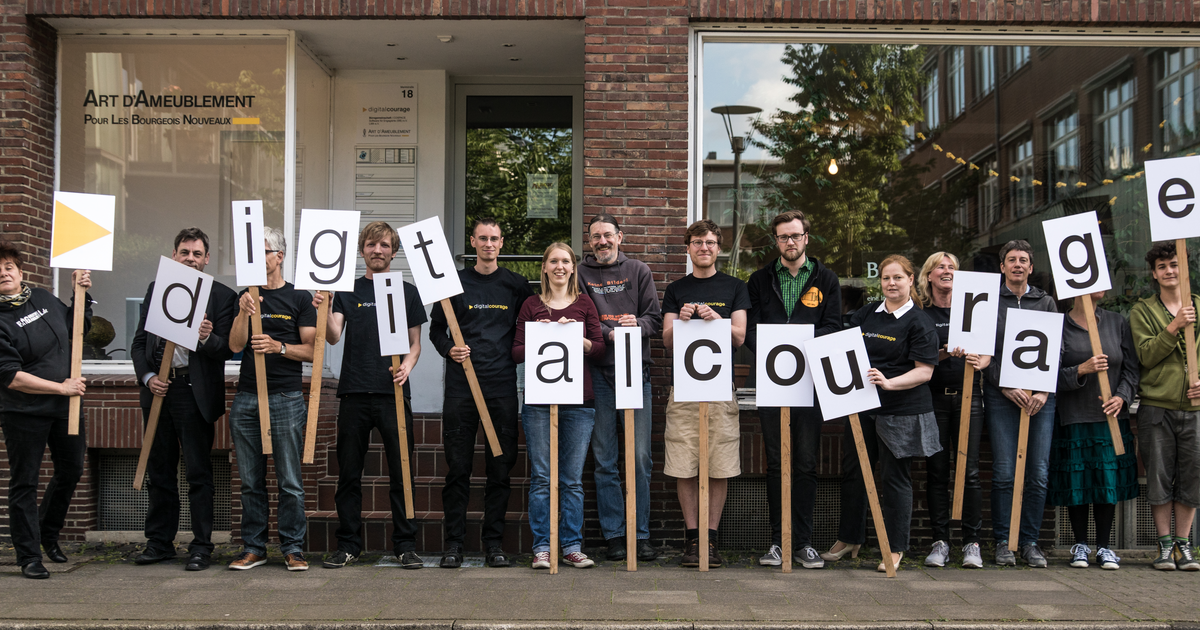#vaccines #PeerReview
This is anti-vax propaganda. That doesn't necessarily mean it's not true. The best propaganda is always true. It does come across as cherry picked. After all. It's the Daily Mail, not the most reliable of sources. Also the use of the phrase 'linked to' always triggers my Spidey Sense.
"Scientists discover Pfizer COVID jab linked to major eye damage
(. . .)
The new study specifically examined how the vaccine affected patients' corneas, the clear front part of the eye that allows light to enter.
In 64 people, scientists in Turkey measured changes in the cornea's inner layer, called the endothelium, before taking the first Pfizer dose and two months after receiving the second."
https://www.dailymail.co.uk/sciencetech/article-14915995/pfizer-covid-vaccine-eye-changes-damage-risk.html
So I looked up the study it's based on:
"Original Article
Evaluation of the Effects of mRNA-COVID 19 Vaccines on Corneal Endothelium"
https://www.tandfonline.com/doi/full/10.1080/09286586.2025.2522724
The DM article is basically a cut and past from the study itself. And yeah, it does purport to be peer reviewed. But the whole peer review process, and especially the publishing thereof has been scammed, faked, and lied about so often that I didn't just automatically trust the publisher, so I looked *them* up, too. Here's what I found:
"Taylor & Francis Online – Bias and Credibility
(. . .)
These sources consist of legitimate science or are evidence-based through credible scientific sourcing. Legitimate science follows the scientific method, is unbiased, and does not use emotional words. These sources also respect the consensus of experts in the given scientific field and strive to publish peer-reviewed science. Some sources in this category may have a slight political bias but adhere to scientific principles."
https://mediabiasfactcheck.com/taylor-francis-online-bias-and-credibility/
Sounds good, but sounding good is proof of nothing, so I double checked the endorser:
"Is mediabiasfactcheck.com Legit?
With its medium trust score on our chart, we determined it has a low risk. We determined this score by aggregating 53 powerful factors to expose high-risk activity and see if mediabiasfactcheck.com is safe. Our in-depth review examines the website and its News & Blogs industry.
(. . .)
The Scam Detector’s algorithm gives this business the following rank:
70.4/100"
https://www.scam-detector.com/validator/mediabiasfactcheck-com-review/
So far, so good (sort of), so I checked out the reviewer with Trustpilot. Here's what they said :
"scam-detector.com
Reviews 529
Companies on Trustpilot can’t offer incentives or pay to hide any reviews.
(. . .)
Most reviewers were somewhat happy with their experience overall. Customers appreciate the service for helping them identify potential online scams, allowing them to avoid risky transactions. Many users have used the tool to check their own websites, with some initially receiving low scores. People value the platform as a first step to check websites, especially with the increasing sophistication of online scams.
However, some reviewers express concerns about the accuracy and fairness of the site's ratings. Several users report that their legitimate businesses were wrongly flagged as scams, leading to reputational damage. Some consumers mention that the website's assessment of their business is inaccurate, unsubstantiated, and false. A few reviewers also accuse the site of using questionable tactics, such as assigning low scores to pressure businesses into paying for a better rating."
https://www.trustpilot.com/review/www.scam-detector.com
Conclusions:
As always, I suggest that you do your own research and reach your own conclusions. I got you started. You can go on from there.
Personally, I feel it's probably true, but cherry picked. But what do I know, I barely squirmed out of reform school. My partner has a Ph.D in molecular biology. She said I'm probably right this time. I always defer to expert opinions, especially hers.
We both have taken the vaccines in question. Neither of us had any deleterious results that we know of. But I always prefer to err on the side of caution. Besides, this study agrees with the government, as well as many prominent anti-vaxxers. That alone makes it suspicious. So I scheduled an eye exam. I'll let you know how it turns out.
In the meantime, I heartily recommend that you get the jab. Everybody should get the jab. If this particular COVID vaccine weirds you out, not to worry. There are other brands available. Just saying.
Would you like to be a leader in open #PeerReview?
Would you like to support #OpenScience and preprints?



